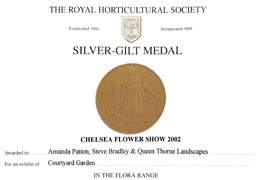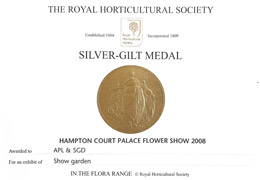I am feeling sad! I’ve come to the end of an era…
I’ve been broadcasting pretty much monthly for BBC Somerset for around 8 years and today was my final outing on these particular airways; the reason being because I’m moving to Sussex. For existing and new clients in the West Country, don’t worry, I’m not severing my connections here and still have on-going work. For potential new clients in Sussex, hello!
For my final broadcast, I gave my top 5 tips for improving the design of your garden, and I promised to publish them here for anyone who might have missed them.
1. Number 1 is highly practical; make a thorough assessment of what you have, including location, views, soil (that’s pH and whether clay or chalk etc) and aspect (whether shady or sunny). You’d be surprised (or perhaps not) at the number of plants that die simply because they were planted in the wrong soil or the wrong place but it’s easy to find out what you have; just pick up a test from a garden centre, they’re cheap and take about 10 minutes and will tell you if your soil is acid, neutral or alkaline. Check the requirements of your favoured plants and see if the conditions match, it really is as simple as that, and you’ll save yourselves a packet in no longer unwittingly killing plants that had no chance of survival.
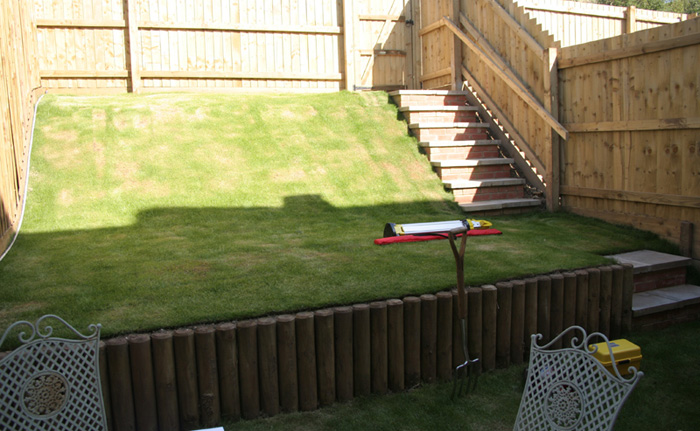
My assessment of this small garden (above) was that it had dreadful high fences that dominated the space, cheap vertical timbers retaining the soil that drew your eye up (see 5!) accentuating the height, and heavy alkaline clay. By contrast, this garden (below) had fabulous views, chalky soil, but no structure – the horizontals of the landscape meant that your eye doesn’t stay in the garden but wanders about rather aimlessly between the left and the right of the view.
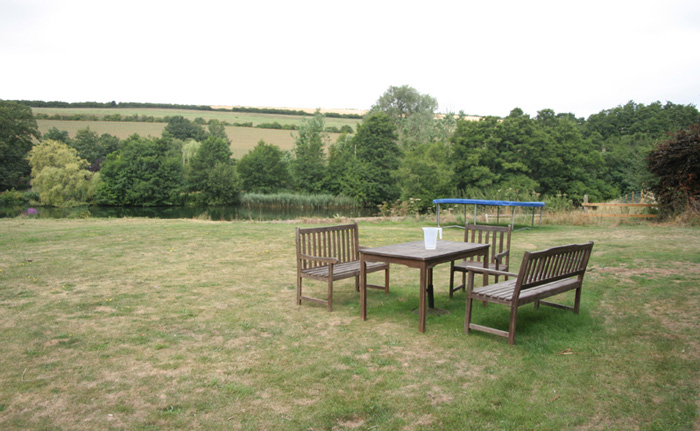
2. I’d like you to visualise your garden, and now, do the same again but – in your mind’s eye – take all the plants out. What are you left with? Something pleasing to look at? If not, you’re expecting your plants to do all the designing for you and that’s not going to work. It would be like buying some lovely material and sparkly jewels and velvet ribbons to make the most superb embellished evening gown, and then just throwing it all over yourself. You need some structure to it, and so does your garden. Keep it simple, avoid fussy curves, choose a style, such as cottage, contemporary, formal etc and stick to it for the whole garden. I’m lucky to have been able to design around 120 gardens now so can indulge my fantasies and try one of everything, but you’ve just got the one so try not to get carried away.
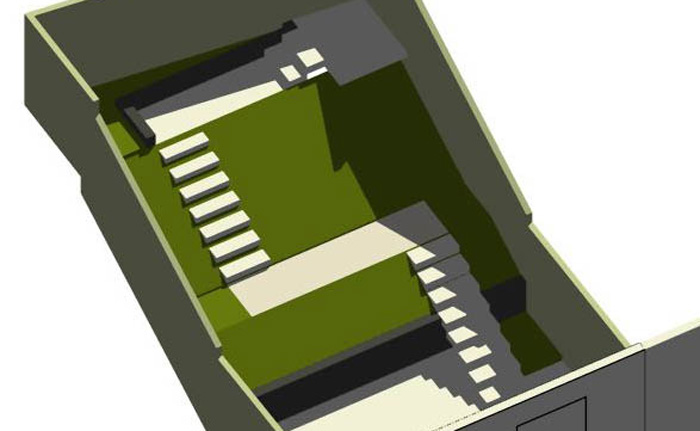
This (above) is the design for the fenced garden in tip 1 – floating Portland stone block steps sitting in a sea of planting (shown as plain green here – there is no lawn). The paths and steps are both functional and aesthetic, creating a sculptural effect when viewed from the house, their pale colour creating a wonderful contrast with the predominantly green planting. Note that the fencing has been painted to a pale green too – this will help it recede and make the garden feel larger – and the new retaining wall, made from new railway sleepers, has been stained black to add a touch of sophistication.
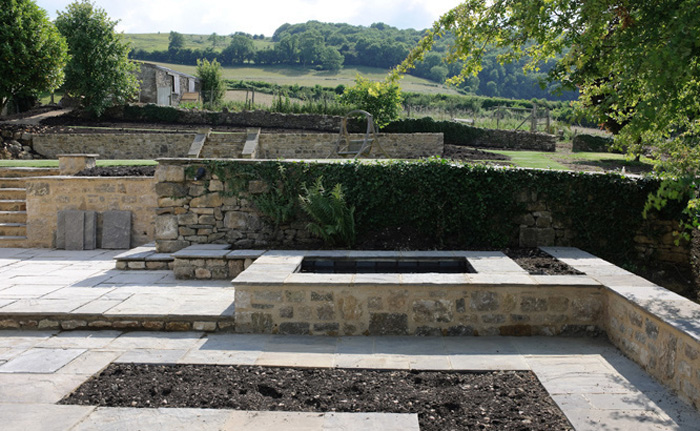
This garden (above), near Bath, prior to planting, has turned what was a dark and dingy area of the garden into a beautiful, usable terrace with interesting levels and a raised pond. You can’t see from this picture, but behind me, the land falls away to the most amazing view so I created a large terrace from which to enjoy it.
3. Plan for all four seasons – winter need not be dreary, in fact I love winter in my garden. However, don’t try to fit all four seasons in one bed as you end up with something that is trying to do too much and will lose impact as a result. Instead, plan different areas of your garden, even in a small space, that will peak at different times. For instance, for winter interest, try a white stemmed birch underplanted with 3 red stemmed dogwoods – simple and fabulous, a treat through the winter and pleasingly green in the summer when something else can shine.
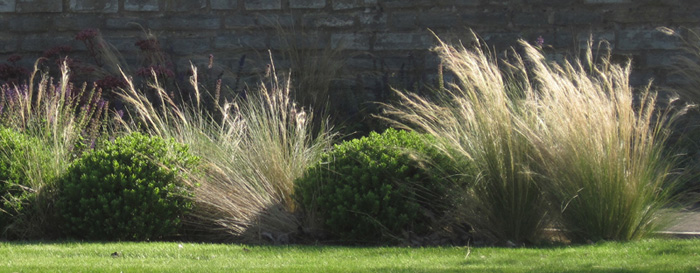
As well as birches and dogwoods, clipped box and grasses give great winter interest, especially when hoar frost outlines their forms.
4. Ignore your boundaries – too often gardens are ‘designed’ with borders round the edges. All this does – especially in a small garden – is to draw attention to the boundaries (very often a rather imposing fence – see pic 1 again!). Instead, work from the house out, with all terraces, patios, borders and paths perpendicular or parallel to the house – this way you keep the focus within the garden and away from the fences.
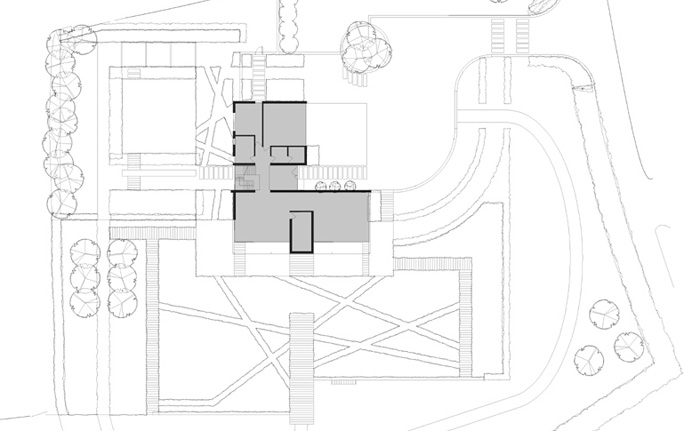
The original driveway for this new architect-designed house in Devon (above) was perpendicular to the lane (top right). By ignoring this boundary and making the driveway align to the house, it now relates to the house. Similarly, the massed planting through the decked paths to the south of the house (bottom of plan) relate to the proportions of the house. The styling of the planting (stylised meadow) ensure that the planting also relates to the wider landscape, grounding the house in its location.
5. Use visual tricks. This is where design gets really fun! The eye is very easily led – give it a line and it will follow it, give it a shape like a full-stop and it will come to a halt. So to make a long garden appear shorter, an overlooked garden feel private, or a wide garden appear deeper, use directional lines of paving and distinctly shaped plants to direct the eye where you want it to go. Single specimen plants will draw the eye – strongly coloured or shaped will do the trick; however something interesting happens if you have two similarly distinct plants – rather than flit between them, the eye actually settles on an invisible ‘line’ between the two (and if this is where you happen to have placed your compost bins, you’ve just made a feature of them…). We ‘read’ a garden from left to right, so try a few box balls within a border to stop the eye rushing to the end, or use plants with spear-shaped leaves to lift the eye upwards – perhaps to a distant view that you’ve noted in your assessment.
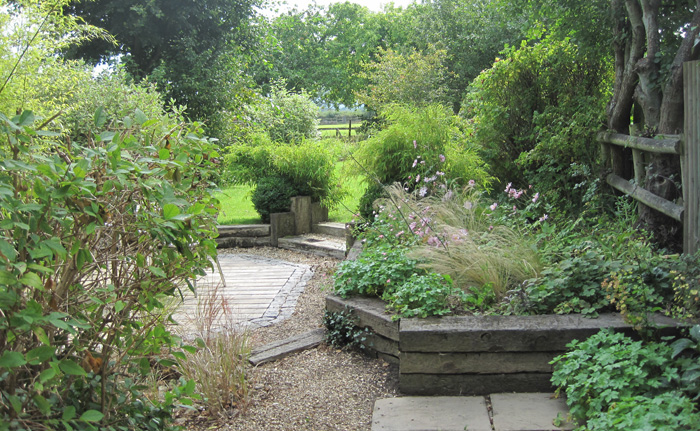
My own garden (above) has vertical timbers creating the walls of the steps to lead the eye into the garden; these are balanced by a pair of clipped box balls and horizontally tiered bamboos (Fargesia murielae Simba) – the garden benefits from wonderful views but is long and so the eye needs slowing before it reaches the end.
I have thoroughly enjoyed my broadcasts for BBC Somerset; I’ve been lucky enough to interview some great people during my years here, including taking a rainy walk with Kevin McCloud through his wonderful Somerset garden, and I’ve broadcast from local and national shows, talking with some of the greats at the Chelsea Flower Show, so I’d just like to say thank you to the beeb for having me!




